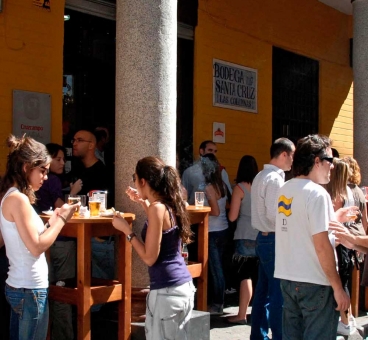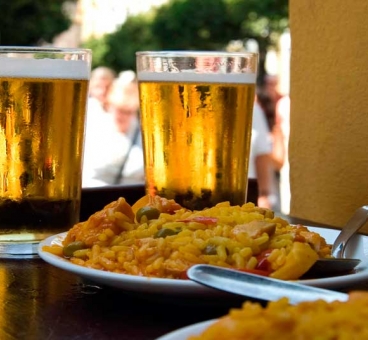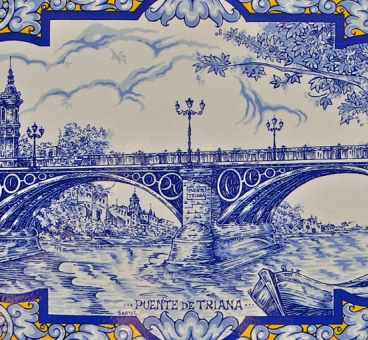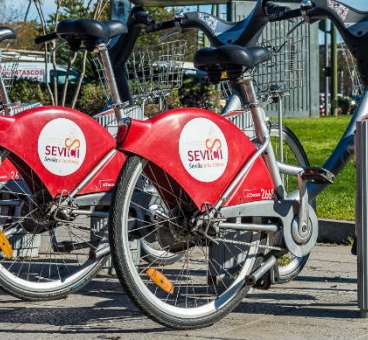The Plaza de América de Sevilla, is in the Maria Luisa Park, flanked by the Museum of Popular Arts and Customs (A Mudejar-style building) on one side and the Archaeological Museum (a Renaissance-style building) on the other. The Royal Pavilion (a Gothic-style building owned by the Seville City Hall, used for offices) is on another side, and finally, and most popular, its last wing is locally known as the Park of the Pigeons. The three cited buildings were built by Aníbal González between 1913 and 1916 for the future 1929 Ibero-American Expo, each in a different architectural style. Also part of the Plaza is the Glorieta de Miguel de Cervantes, adorned with ceramics celebrating his most famous works, as well as those of Rodríguez Marín. It is surrounded by a series of columns joined by chains with globes of light, supporting winged victories due to the gouges of Manuel Delgado Brackembury and Lorenzo Coullaut Valera. On April 7, 1926, after a dinner at the Royal Pavilion, there was a party in the Plaza where King Alfonso XIII delivered an emotional speech on the importance of Seville being the economic centre of Southern Spain and the need to strengthen its economy with the Seville Expo.
Another emblematic space from the 1929 Ibero-American Expo.
tweet




